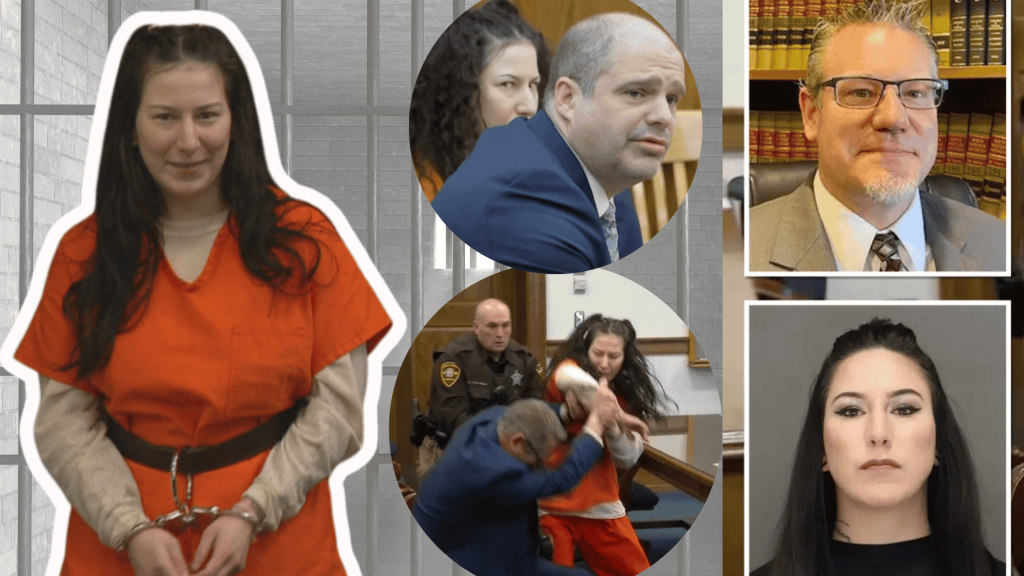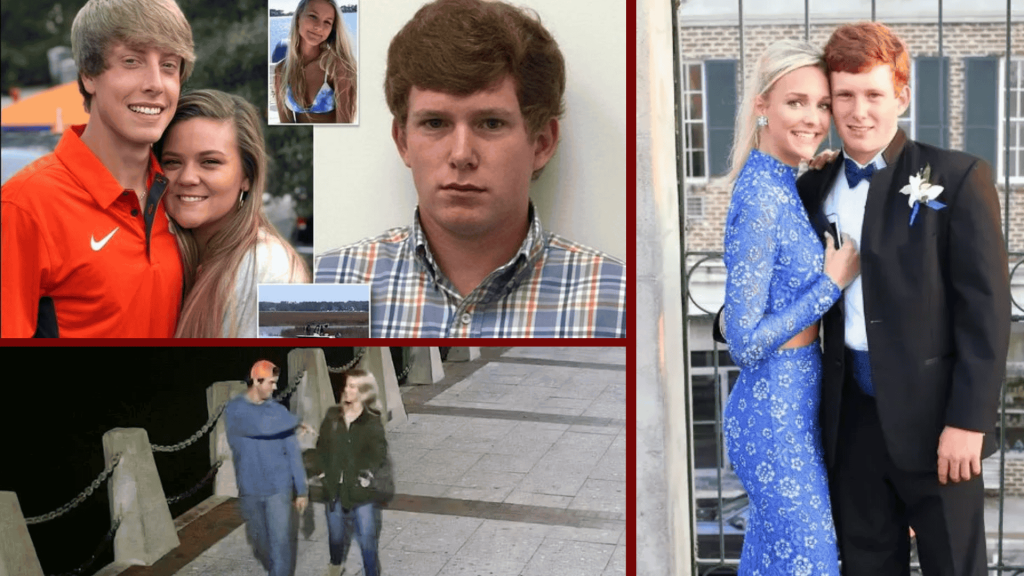Rex Heuermann, a former New York City design professional, faces charges in one of Long Island’s most notorious unsolved murder cases spanning nearly two decades.
These deaths became known as the Gilgo Beach serial killings.
This post covers the current status of the Heuermann trial, how advanced DNA testing is changing the case, the major legal decisions affecting the proceedings, and what comes next.
The trial involves groundbreaking forensic science that could reshape how courts handle old evidence. Understanding these developments helps explain why this case matters beyond just one defendant.
What Is Heuermann Accused Of? About His Trial
Rex Heuermann faces murder charges for seven women whose remains were found on Long Island between 1993 and 2010.
The victims are Melissa Barthelemy, Megan Waterman, Amber Costello, Maureen Brainard-Barnes, Jessica Taylor, Sandra Costilla, and Valerie Mack.
Heuermann has entered not-guilty pleas to all charges and remains in custody as the case moves forward.
Because many remains were decades old and badly broken down, prosecutors rely heavily on advanced DNA methods to connect him to the crime scenes.
The defense team questions whether this DNA evidence is reliable and should even be allowed in court. This makes the Heuermann trial about more than just the charges. It could set new rules for how forensic science is used in future cases.
Recent Developments in the Heuermann Trial

The case has seen major movement in recent months. Court rulings on DNA evidence and trial structure are shaping how this prosecution will unfold.
Legal and Procedural Updates
- A judge ruled on September 3, 2025, that advanced DNA evidence can be used in court, even though it relies on whole genome sequencing from old, damaged hair samples.
- The court sided with prosecutors, finding that their scientific experts provided solid proof, while the defense could not present concrete evidence to challenge the DNA methods.
- The judge denied splitting the case into separate trials, which means Heuermann will face all seven murder charges in one combined court proceeding.
- No trial date has been set yet because the case involves complex evidence, such as DNA analysis, cell phone records, and digital files, that require more pre-trial review.
DNA and Forensic Science Updates
- The DNA method uses whole genome sequencing, a technique that reads far more genetic information than the standard DNA tests used in most criminal cases.
- Prosecutors claim this method linked rootless hairs found on victims directly to Heuermann or his family members when older testing methods failed to produce results.
- The defense argues the lab lacked proper New York permits, and claims the statistical software had technical problems and hasn’t been proven reliable in state courts.
- Legal experts believe this case could set new standards, potentially making whole-genome sequencing a regular tool for solving cold cases involving degraded or limited DNA samples.
Key Dates in the Heuermann Case
The Heuermann case spans over three decades. This timeline shows how the investigation moved from crime scenes to the courtroom.
| Date or Period | Event |
|---|---|
| 1993 to 2010 | Remains of seven women found along Ocean Parkway on Long Island, many linked to the Gilgo Beach murder sites. |
| July 2023 | Rex Heuermann was arrested and initially charged with three murders. |
| January 2024 | Prosecutors file additional murder charges against Heuermann. |
| June 2024 | Two more indictments were added, bringing the total number of victims to six. |
| December 2024 | Seventh murder charge for Valerie Mack officially filed. |
| March 2025 onward | The court holds Frye hearings to determine if advanced DNA testing methods can be used as evidence. |
| September 3, 2025 | Judge rules that advanced DNA evidence from whole genome sequencing is admissible in the trial. |
| September 23, 2025 | Judge decides Heuermann will face one single trial for all seven murder charges instead of separate proceedings. |
How DNA Evidence Is Being Used in the Heuermann Trial
DNA evidence sits at the heart of this prosecution. But the science being used is different from what most criminal cases rely on.
What Makes This DNA Evidence Advanced?
Traditional forensic DNA tests compare only 20 to 30 genetic markers in a person’s code. Whole genome sequencing examines tens of thousands of variations across the entire genome.
In the Heuermann case, samples were rootless hairs and heavily damaged material that older methods could not read.
This newer technique extracted usable genetic data from evidence previously considered too old or degraded to analyze.
Both sides brought in expert witnesses to debate whether this method meets New York’s legal standards for court use.
Impact on the Prosecution’s Case
Prosecutors say the DNA evidence connects Heuermann to hairs found on six of the seven victims. These genetic links support other evidence, such as phone records, digital files, and vehicle tracking logs.
The matches help show a pattern suggesting the killings were part of a planned series, not random acts. This pattern evidence is key to proving intent, motive, and criminal behavior over time.
The judge’s decision to allow whole-genome sequencing means prosecutors can now use forensic material once considered unusable in court.
Defense Challenges to the DNA Evidence
The defense argues that whole genome sequencing has not been widely tested in New York criminal courts. They point out that Astrea Forensics lacks a New York state license for this type of work.
Defense lawyers also claim that the statistical models may overstate the likelihood of a DNA match.
Since the method is still new in legal settings, questions remain about error rates, sample contamination, and jury understanding.
During the trial, the defense plans to challenge the witness’s qualifications, the handling of the samples, and whether proper lab procedures were followed.
Key Legal Rulings That Could Influence the Outcome

Several major court decisions have already shaped this trial. These rulings will impact not just Heuermann’s case but also future prosecutions.
- Justice Timothy Mazzei’s decision to admit advanced DNA evidence sets a first-of-its-kind precedent in New York, allowing whole genome sequencing to be used in a criminal trial for the first time in state courts.
- The ruling to consolidate all seven murder charges into one trial shows the court accepts the prosecution’s view that these killings form a connected serial crime pattern rather than isolated incidents.
- These rulings will likely be cited by other courts nationwide and may accelerate the acceptance of whole-genome sequencing as a standard tool in cold cases involving old or damaged DNA samples.
- Future rulings on lab permits, expert witness qualifications, and trial dates will continue to determine how smoothly the case moves forward and what evidence jurors will ultimately hear.
What Happens Next in the Heuermann Trial
Final pre-trial motions and expert witness questioning are still in progress. Once these wrap up, a trial date will likely be set for sometime in 2026 due to the case’s complexity.
Prosecutors will build their argument around DNA evidence, forensic analysis, phone records, and crime scene details.
The defense will work to challenge the credibility of forensic methods and offer alternative explanations.
Key moments to watch include jury selection, testimony from scientific experts, questioning of lab staff, and the explanation of whole-genome sequencing to jurors.
This trial could change how cold cases with damaged evidence are handled in court, how forensic technology is legally viewed, and how defense teams approach new scientific methods in future prosecutions.
Final Thoughts
The Rex Heuermann trial stands as one of the most-watched criminal cases in recent US history.
Its reliance on whole genome sequencing and the legal precedent it may establish make it significant beyond the courtroom.
Whether this advanced science proves decisive or faces successful challenges will shape not only this case but how future cold cases are pursued.
The rulings on DNA admissibility and trial consolidation signal major shifts in forensic law.
For those following along, watch for updates on trial scheduling, expert testimony, and how both sides present their scientific arguments.
What are your thoughts on using new DNA technology in decades-old cases? Share your views in the comments below.





































